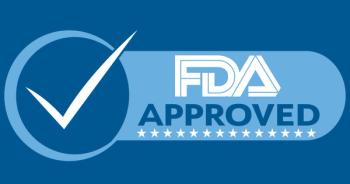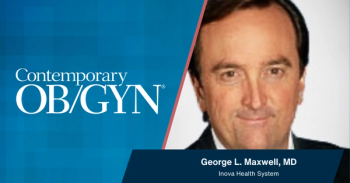
The diagnosis and treatment of neonatal hypoglycemia
A session at the virtual Scientific Sessions for the American Diabetes Association offered some best practices for diagnosing and treating hypoglycemia.
,For the clinician who chooses to aggressively diagnose and treat neonatal hypoglycemia, there are benefits, such as incurring fewer legal risks as well as the potential to treat severe hypoglycemia disorders, and risks, such as separation from the mother and increased admission to the neonatal intensive care unit. At the 81st virtual Scientific Sessions for the American Diabetes Association, Paul J. Rozance, MD, professor of pediatrics at the University of Colorado School of Medicine in Aurora discussed best practices for neonatal hypoglycemia.
Watching out for asymptomatic hypoglycemia is important because it can help with the early diagnosis and treatment of severe genetic or congenital hypoglycemia disorders and it can also progress to symptomatic hypoglycemia. How hypoglycemia is detected is also important. Various organizations have a variety of target values for screening and acute measurement and unfortunately, those targets can be either blood glucose or plasma glucose concentrations, which are not the same.
The classic approach for detecting neonatal hypoglycemia includes traditional point-of-care glucometers, which allow for rapid results and require small samples, but have poor accuracy and central laboratory testing, which is slower and has variable accuracy depending on sample handling. In the classic approach, clinicians use both methods and start treatment while waiting for the laboratory testing results. However, this approach could lead to 15,000 infants with hypoglycemia being untreated and roughly 20,000 infants unnecessarily treated for the condition. A more advanced approach for detecting hypoglycemia includes point-of-care blood gas analyzers, which have high accuracy, but are much more expensive than glucometers and require more blood and a new generation of point-of-care glucometers which have a much greater rate of accuracy than previous models. The use of continuous interstitial glucose monitoring sensors is being researched and Rozance believes that they could be very helpful because intermittent testing measures are not an optimal way to screen.
Newborns can look like they have hyperinsulinism with higher than expected insulin concentrations and robust glycemic response to glucagon. This period is not long-lasting for most newborns and usually resolves by 2-4 days of life. However, for some newborns, the period is both exaggerated and prolonged and is called delayed perinatal metabolic transition. All newborns delivered to mothers with common pregnancy complications are at risk for this delay. Clinicians can use a rapid measurement of alternative fuels, the measurement of hormones like insulin and cortisol, accurate glucometers, continuous interstitial glucose monitoring, and biomarkers to help measure and diagnose the delay. It’s also possible that targeted gene sequencing along with whole exome/genome sequencing could help as well.
Rozance concluded his presentation with some important points to remember including:
- Have a screening protocol and always use it
- Measure glucose in symptomatic patients
- In patients with severe neurological symptoms, treat and investigate for persistent hypoglycemia disorder
- Following treatment for low glucose concentration, check for response in 30-45 minutes
- Discharge following a normal prefeed glucose concentration in 3 feed-fast cycles
- Utilize safety fasting tests before discharge in infants with neurological signs, family history of sudden infant death of unknown cause in a sibling, etc.
- Consult with an endocrinologist before discharging an infant with a chronic hypoglycemia disorder
Reference
1. Rozance J. Best practice to detect and manage neonatal. American Diabetes Association Scientific Sessions 2021; June 28, 2021; virtual. Accessed June 28, 2021.
Newsletter
Get the latest clinical updates, case studies, and expert commentary in obstetric and gynecologic care. Sign up now to stay informed.










